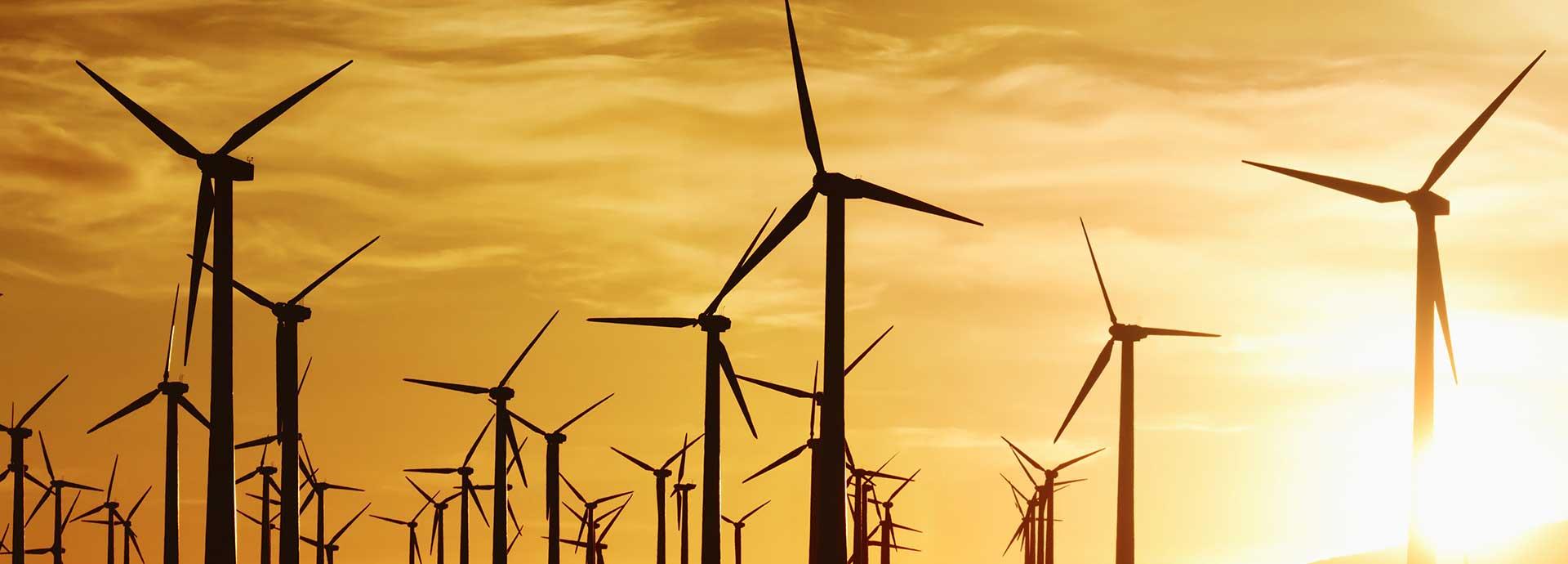

The percentage of renewables in U.S. electricity production has grown steadily over the past 10 years, data from the Energy Information Agency shows. In 2008, nine percent of the total U.S. electricity generation came from renewable sources; by 2017, that number had doubled.
This growth has been driven by a combination of strong economic growth and federal government support. Production Tax Credits, in place since 1992, have encouraged electricity producers to increase their amount of energy generated from renewable sources. Although the tax credits are expected to expire at the end of 2019, the benefit applies to a plant’s first 10 years of production, so companies still have a significant incentive to invest in renewable technologies.
“The costs of renewable energy systems make them attractive and often the outright winner on price alone now, let alone their environmental benefits,” says Daniel Kammen, a professor in the energy and resources group at the University of California, Berkeley.
Kammen adds, however, that “energy markets are easily manipulated,” and notes some tactics that could discourage utilities from investing in renewables. “These include weakening interconnection or carbon credit rules, and inhibiting state-level public utility commissions from seeing the full benefits of renewable energy,” Kammen says.
With federal policies in question, the drive for expanding renewable energy production has shifted to the states.
By the end of 2018, 29 states and the District of Columbia had enacted renewable portfolio standards, which require electricity suppliers to provide a set percentage of their electricity from renewable sources. According to a survey from Berkeley Lab, these standards will be responsible for around one-third of U.S. renewable energy growth in the future. Promotion of renewables at the state level continues to be pushed by more liberal-leaning jurisdictions, primarily California, New Jersey and Washington, D.C. In January, Washington increased its renewable portfolio target to 100% by 2030; California and Hawaii both plan to be carbon-neutral by 2045.
Renewable energy expansion is also taking place in more conservative states. For instance, one-fifth of the energy consumed in Nebraska, for example comes from renewable sources, and renewable sources account for one-third of the energy consumed in Montana, which has the U.S.’s largest recoverable coal reserves.
Not just government policies
Apart from government regulation, the share of renewables in the U.S. electricity market is growing because it makes economic sense. Matti Rautkivi, Wärtsilä’s Business Development Director, says the government subsidies helped jump-start the industry by creating the conditions for a competitive environment, but today companies do not need to rely on these policies. “We see utilities adding more and more renewables in their generation mixes. Not because of politics or regulation, but because it makes financial sense,” says Rautkivi.
Technology also has allowed individual consumers and small businesses to create their own renewable electricity systems using photovoltaic cells for some of their electricity. Although this market is still very small, the percentage of individuals using small-scale solar photovoltaic systems is expected to increase by 44% over the next two years, according to the Energy Information Agency.
“There are still some regulatory barriers that slow down this development, but when those are removed we start to see more and more household, commercial and industrial level installations. For these decentralised systems it is not only the cost of energy that is driving this but also the avoided transmission fees and taxes,” Rautkivi says.
Kammen also sees potential for growth in small-scale storage options.
“Energy storage is a fast growing, dynamic sector that can turn renewables into baseload renewables,” Kammen says. “This is particularly exciting because currently energy storage is coming down the cost curve as fast as solar ever has.”
Even though the sector looks strong, some experts worry about the future expansion of the industry. In 2018 for the first time in five years, renewables did not make up the majority of added electricity capacity, according to a report by the Energy Information Agency. Nevertheless, Kammen says clean energy will continue to make strides because the economic benefits are clear.
Did you like this? Subscribe to Insights updates!
Once every six weeks, you will get the top picks – the latest and the greatest pieces – from this Insights channel by email.



